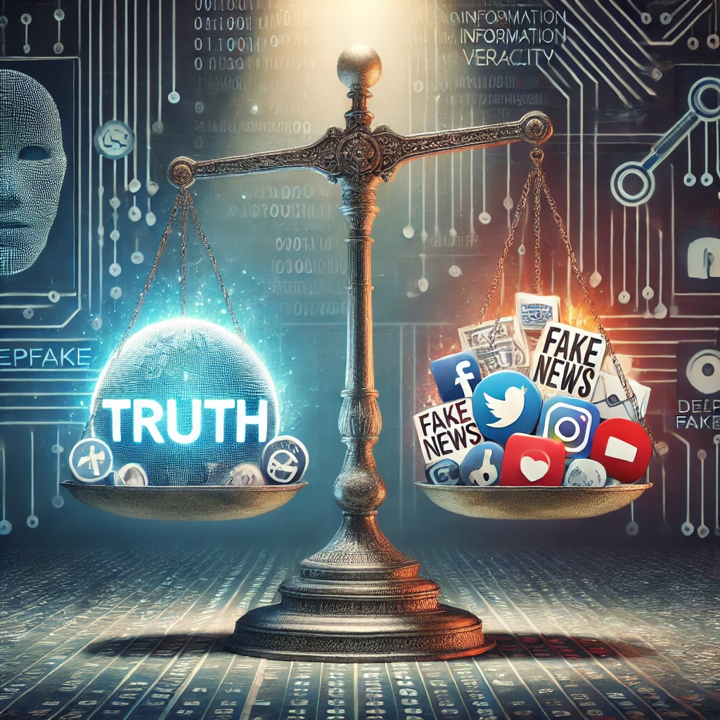In the legacy but still evolving fields of big data and data science, we celebrate the triumvirate of volume, velocity, and variety—the three Vs that have long defined our ability to collect, process, and analyze data. However, as the landscape of digital information continues to expand (e.g., Edge Computing, data fabrics, machine learning integration with AI, AI Agents, machine ethics), another V, veracity, has emerged as our most critical challenge. Veracity, or the truthfulness of data, raises urgent questions about the integrity of information and the processes by which it is deemed true or false. With people increasingly relying on digital platforms, social media, and AI-driven systems like chatbots, GPTs and LLMs to gather and interpret information, society faces a growing dilemma: who decides what is true and what is misinformation?
Read this short exposé for an interesting look at the future of truth and who is responsible for ensuring information created and promoted by AI is both factually correct and intentionally honest. The Future of Truth in AI

